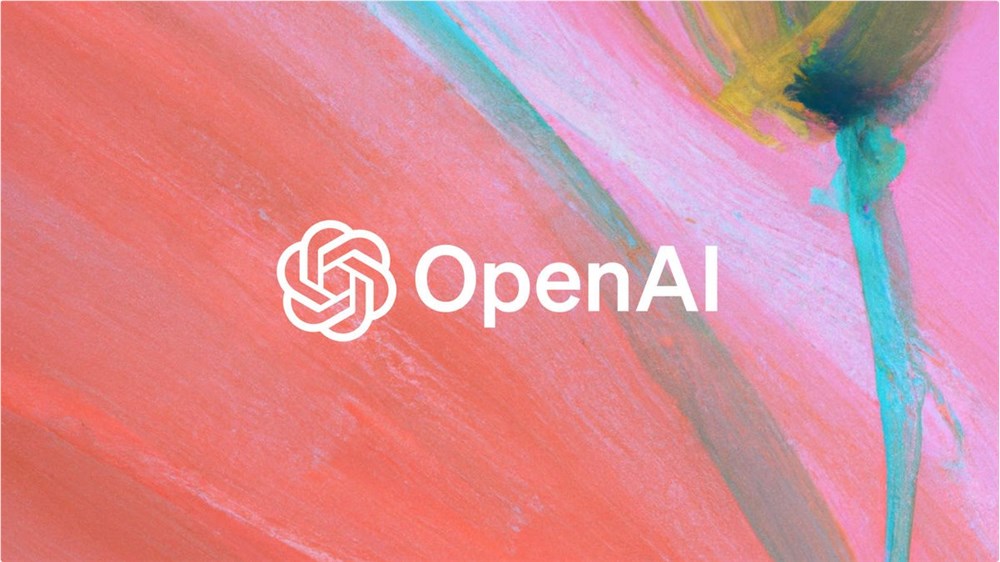With the commercialization of generative artificial intelligence, the amount of false content online has surged dramatically. According to data from the verification platform Sumsub, the number of deepfakes worldwide has quadrupled from 2023 to 2024. In 2024, deepfakes are expected to account for 7% of all fraudulent activities, involving various forms such as impersonation, account takeover, and complex social engineering activities.
To address this issue, Meta has released a new tool called Meta Video Seal, aimed at combating deepfakes by embedding imperceptible watermarks in AI-generated videos. This tool was open-sourced on Thursday, designed for easy integration into existing software, and complements Meta's previously launched watermarking tools, Watermark Anything and Audio Seal.

Pierre Fernandez, an AI research scientist at Meta, stated in an interview: "Our goal in developing Video Seal is to provide a more effective video watermarking solution, particularly for detecting AI-generated videos and protecting originality."
Although Video Seal is not the first video watermarking technology proposed, with DeepMind's SynthID and Microsoft's watermarking methods already in use, Fernandez pointed out that existing watermarking tools generally have some shortcomings. He noted, "While there are other watermarking tools, they do not perform well after video compression, which is very common when content is shared on social platforms; some methods are also inefficient and cannot be opened or replicated; moreover, many methods originate from image watermarking, which is not suitable for videos."
In addition to the watermarking feature, Video Seal can also embed hidden information in videos, which can later be uncovered to trace the video's source. Meta claims that Video Seal can effectively resist common editing techniques such as blurring and cropping, as well as widely used compression algorithms.
However, Fernandez also acknowledged that Video Seal has certain limitations, particularly in balancing the perceptibility of the watermark and its resistance to tampering. He pointed out that excessive compression and significant editing may damage the watermark or render it unrecoverable.
A greater challenge for Meta is that developers and industry professionals lack motivation to use Video Seal, especially those already using other proprietary solutions. To address this, Meta has launched a public leaderboard called Meta Omni Seal Bench to compare the performance of different watermarking technologies, and will host a seminar on watermarking technology at this year's major AI conference, ICLR.
Fernandez stated, "We hope that more and more AI researchers and developers can integrate some form of watermarking technology into their work, and we look forward to collaborating with industry and academia to accelerate the development in this field."









